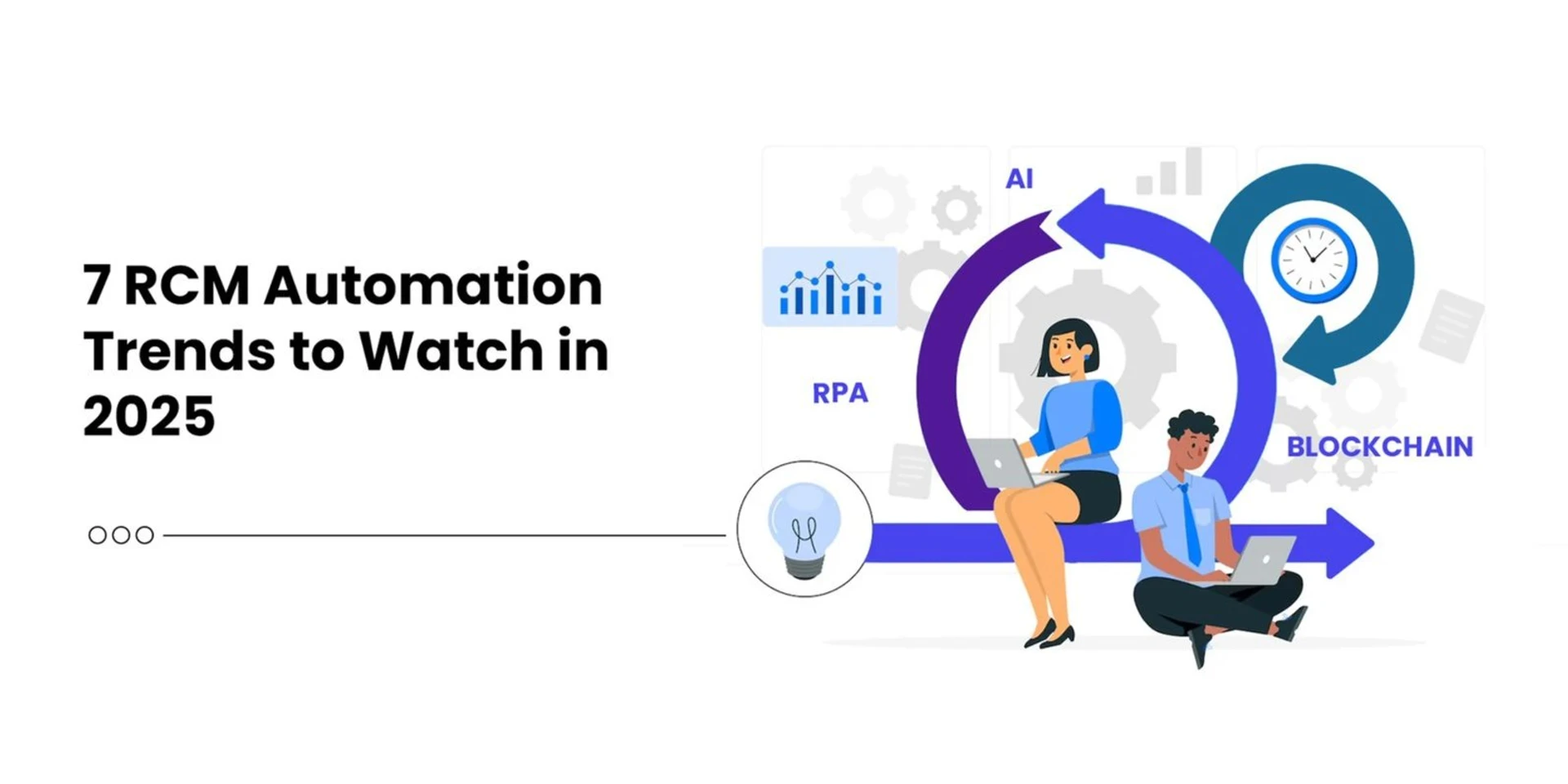7 Healthcare Revenue Cycle Management Automation Trends in 2025
Take a look at the seven healthcare RCM automation trends predicted in 2025:
Artificial Intelligence (AI) for Predictive Analysis
Artificial intelligence has already marked its presence in healthcare and its role is only going to increase further in the coming years.
By 2025, the healthcare providers will be able to predict billing issues even before they arise with the help of AI-based predictive analytics. Al will help them predict which claim is likely to be difficult and make necessary corrections beforehand, thereby keeping down claim denials at bay.
Also, artificial intelligence will analyze patient data and provide payment behavior insights, allowing organizations to spot financial risks on time and optimize strategies around revenue collection.
Robotic Process Automation (RPA) for Claim Processing
Robotic process automation is changing how repetitive administrative workflows are managed in the revenue cycle. A few years from now, RPA will become more fundamental in optimizing processes including claim submission, payment posting and follow-ups.
By minimizing human involvement in such mundane processes, RPA will help not just increase speed but also optimize workflows, thus cutting down errors that often cause delays and denials. As a result, healthcare organizations will be able to focus on higher value-added operations such as patient interaction and complicated problem-solving, which will further enhance the overall effectiveness of the operations.
Blockchain for Safe Data Sharing
With sensitive financial information being managed every day, data security and privacy issues have always been top concerns in the healthcare industry. However, blockchain technology, due to its immutable and safe nature is predicted to evolve as a key player in healthcare revenue cycle automation in the coming times. This would mean that blockchain will make transactions secure, transparent and traceable, right from patient registration to final payment.
Further, it will also enable safe sharing of data between healthcare providers and insurers, or patients, thus minimizing the likelihood of fraud along the way.
Advanced Patient Portals with Payment Capabilities
With the popularity of patient-centered care, empowering patients with self-service tools has become crucial like never before. In 2025, patient portals tend to revolutionize by providing powerful features. They will certainly be more than just scheduling an appointment and retrieving medical records.
These advanced portals will have the capability of integrating payment options so that patients can view their bills, set up a payment plan, and pay online through the portal. This, in turn, will enhance the overall patient satisfaction, speed up payments, and optimize the cash flows for the healthcare providers.
Machine Learning (ML) for Enhanced Revenue Forecasting
Machine learning, a subset of artificial intelligence, will make huge strides in healthcare revenue cycle management by the year 2025. ML algorithms would be used to analyze historical revenue cycle data; healthcare providers can then use this analysis to predict future trends and optimize their financial planning.
These predictive models allow healthcare providers to better forecast revenues, analyze patient payment patterns and examine reasons for revenue leakage. Plus, providers will be empowered to make informed decisions and implement effective strategies to improve reimbursements.
Interoperability and Data Integration
The biggest challenge in healthcare revenue cycle management is the lack of interoperability between systems. According to future projections, enhanced interoperability and data integration will enable smooth communication between electronic health records (EHR) systems, billing software, and insurance systems. This would enable seamless flow of data, minimizing complaints during billing and claims processing.
Automation will aid in the synchronization of data from multiple sources, thereby cutting down administrative burdens on providers and providing them with complete, real-time information about patients and finance.
Cloud-Based Revenue Cycle Management Solutions
Cloud-based revenue cycle management solutions are increasingly used in the healthcare industry and are projected to gain greater momentum in the time ahead. For the uninitiated, cloud-based RCM solutions provide scalability, adaptability, and better security and, therefore, are considered by many healthcare organizations today.
Most importantly, these solutions provide automated updates, allowing healthcare providers to stay abreast of the latest regulations as well as billing practice.
In addition to this, cloud-based RCM solutions also seamlessly integrate with other cloud-based healthcare systems, hence ensuring a unified ecosystem that improves both productivity and profitability of revenue cycle.
Learn how Pain Management Group Revenue Leaps by 30% with Streamlined Claims Filing.
Wrapping Up
As the year unfolds into 2025, the face of healthcare revenue cycle management will witness a transformative change that has never been seen before, with automation technologies at its core. These seven emerging trends are poised to welcome a future where healthcare organizations are operationally efficient, accurate, and financially stable.
Healthcare providers who adopt these new technologies will certainly have a competitive advantage since they will be better prepared for the future of healthcare billing and reimbursement. Automated solutions will make processes seamless and faster for healthcare workers and patients alike.
But the question here is how well the healthcare organizations will be able to adapt to these latest technologies with a thoughtful focus on quality patient care? Without a doubt, the greatest return will actually be experienced by those who rely on the right RCM partner, prioritize staff training and change management while switching to automation.
With regulatory requirements evolving and patient expectations rising, automated RCM solutions will soon not just be a choice but a necessity for seamless revenue cycle management. So, if you are a healthcare organization reading this—start preparing for this technological shift today to thrive in the increasingly automated healthcare ecosystem of tomorrow.







